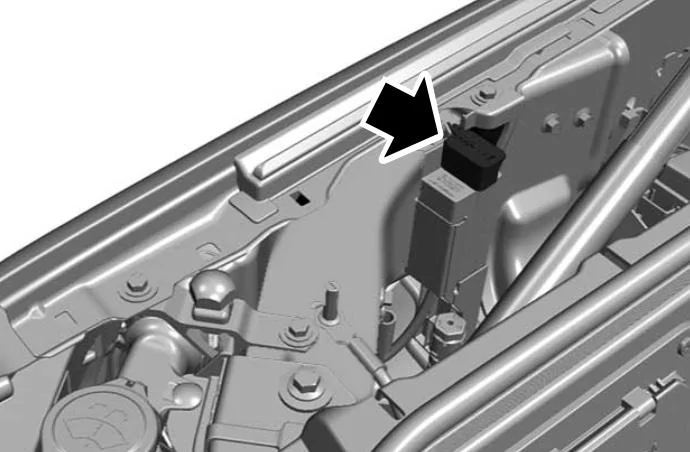EVTruckGuy
Well-known member
Oh, yes... Looks like progress compared to the Mach E.I meant the Lightning..I think it is located along the back edge of the trunk.
https://www.f150lightningforum.com/...–-w-12v-battery-power-and-ground-points.7461/
Sponsored


